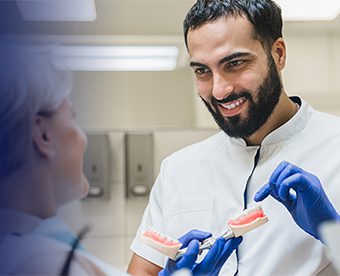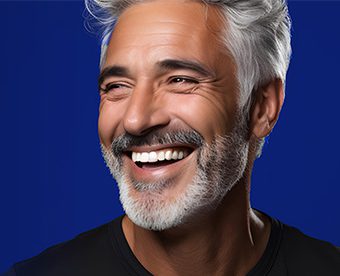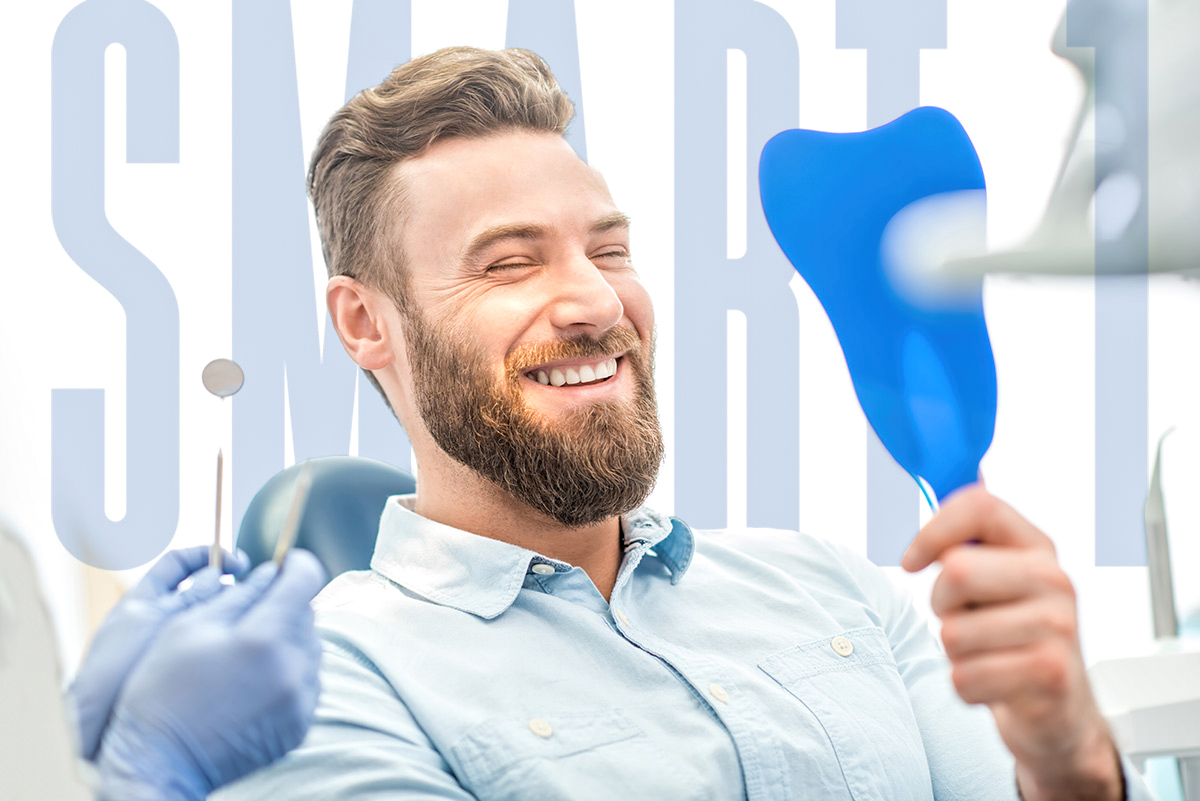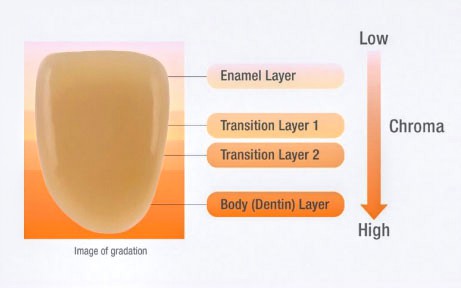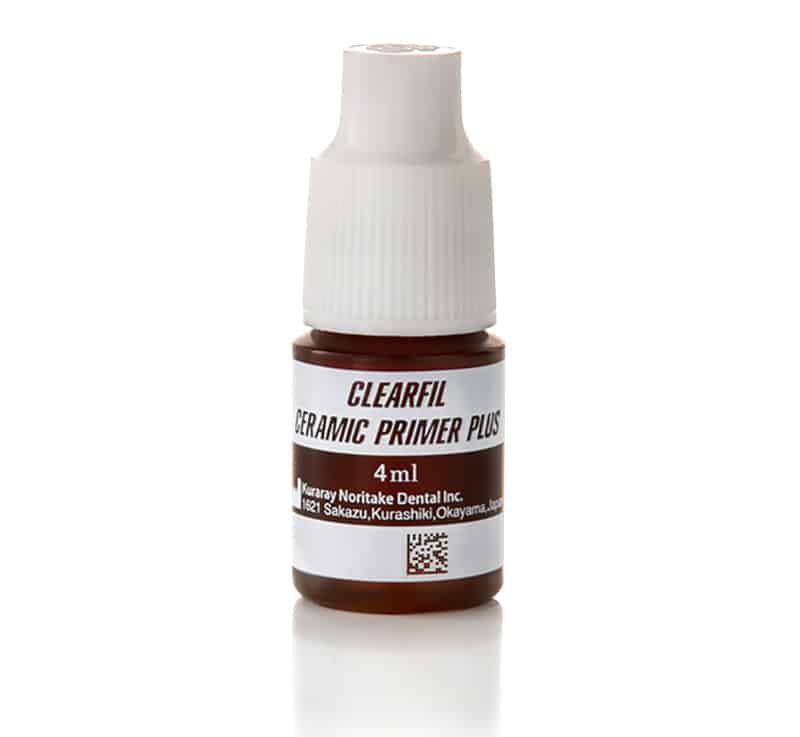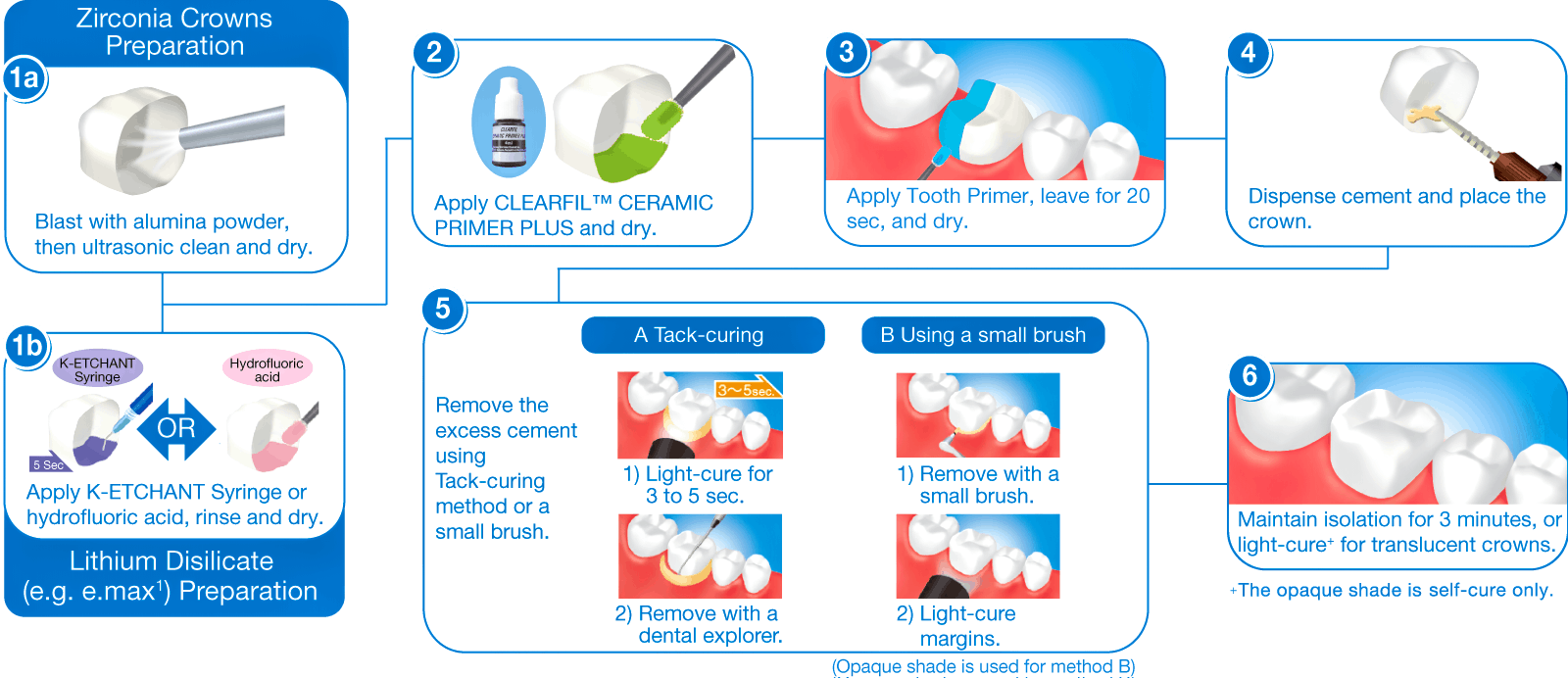Current zirconia can be classified into three basic generations based on the yttria content.
Full contour zirconia is the most prescribed restoration in dentistry today. It has filled a significant need to address the patient’s demands for metal-free restorations while being budget friendly.
The initial monolithic zirconias were very strong but were not as translucent as many clinicians desired. Zirconia restorations have evolved and improved over the last 11 years. Katana by Noritake is one of the most advanced monolithic zirconias in the dental industry today. The subject of this article will focus most of the details specifically on Katana Super Translucent Multi-Layer (STML), due to its’ favorable benefits in several areas.
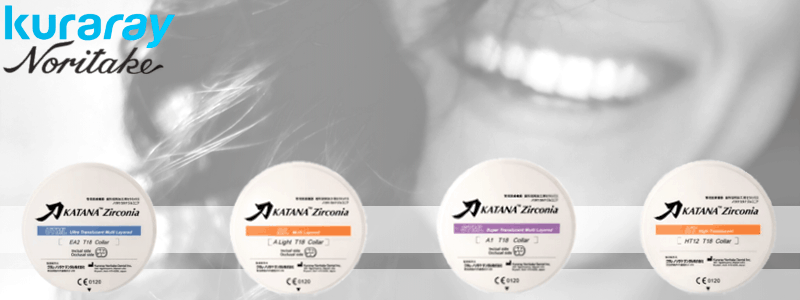
Background of Dental Zirconia
Yttria-stabilized tetragonal zirconia (Y-TZP) has been used in orthopedics to manufacture artificial joints. Y-TZP was found to be highly biocompatible. In addition, Y-TZP is extremely strong and resistance to fracture, with a flexural strength of 900–1400 MPa. When a crack initiates on the surface of Y-TZP zirconia, the stress at the top of the crack causes a transformation in the tetragonal crystal and this transformation leads to compressive stress that inhibits the crack from growing, thus enhancing the fracture toughness.
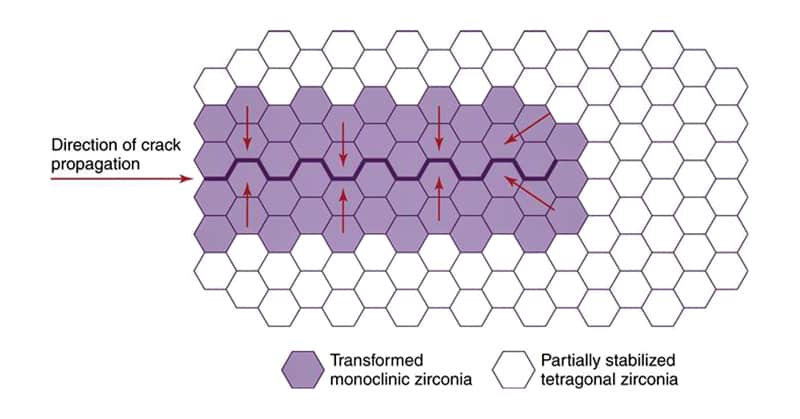
Current zirconia can be classified into three basic generations based on the yttria content.
The first group is strong, 3Y zirconia, mainly tetragonal. This group has flexural strengths ranging from 900-1400 MPA, but relatively opaque. Examples are IPS e.max® ZirCad LT & MO, Lava™ Plus, BruxZir®, and KATANA™ HT.
The second group is more translucent, Y4. The strength of this group is 750 to 850 MPa. Examples are IPS e.max ZirCAD MT, and KATANA™ ST/STML.Katana strength comparison.
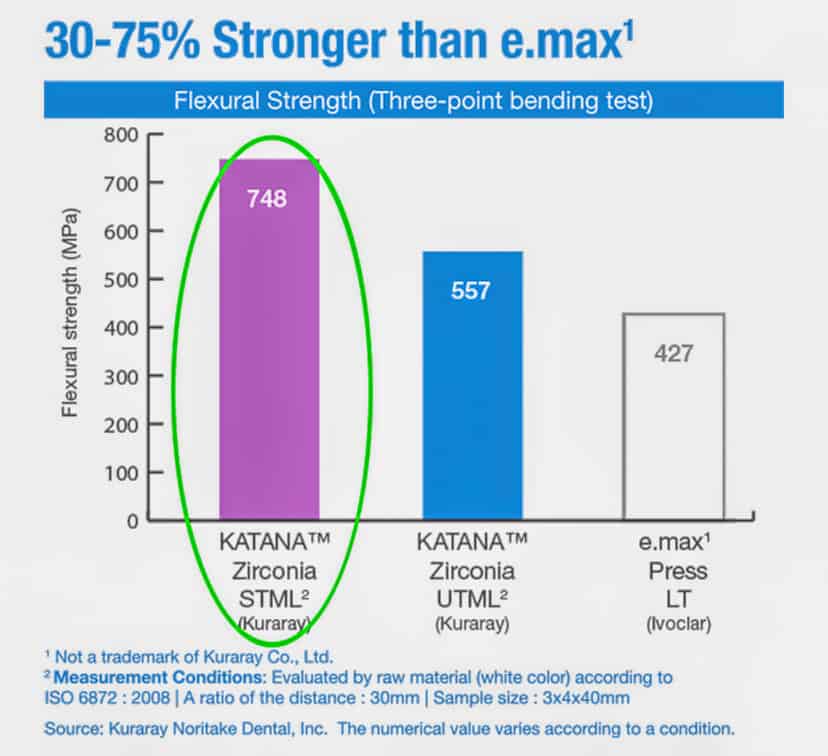
The third group is the most translucent, Y5. The strength of this group is 500 to 650 MPa. Examples are Lava Esthetic, Cercon® XT, BruxZir Anterior, and KATANA™ UT/UTML.
The third and most recent strategy to increase the translucency of zirconia is to stabilize it with a significant cubic crystalline phase interspersed with the tetragonal phase, increasing the yttria content to stabilize the cubic phase. Several versions of “high-translucent” or “cubic-containing” zirconia have come on the market recently, as Y4 & Y5 zirconias. The exact amount of cubic phase in these types of materials ranges from 10% to 15%. The cubic phase of this zirconia causes the crystalline structure to vector in different directions, which decreases light scattering that occurs; as a result, the cubic zirconia appears more translucent.
Noritake Katana Strength and Translucency
Katana has three (3) distinct strength and translucency options:
2nd Generation Zirconia - HT/ML 1100 MPa Flexural strength, Y3 Zirconia.
3rd Generation Zirconia - STML, 750 MPa Flexural strength, Y4 Zirconia, 38% light transmittance.

3rd Generation Zirconia - UTML, 550 MPa Flexural strength, Y5 Zirconia, 43% light transmittance.
Application for Katana Family Zirconias
HT/ML - Posterior crowns, 3 unit bridges to long span bridges.
STML - Anterior crowns, posterior crowns, 3 unit bridges.
UTML - Inlay & Onlays, anterior crowns, Posterior crowns.
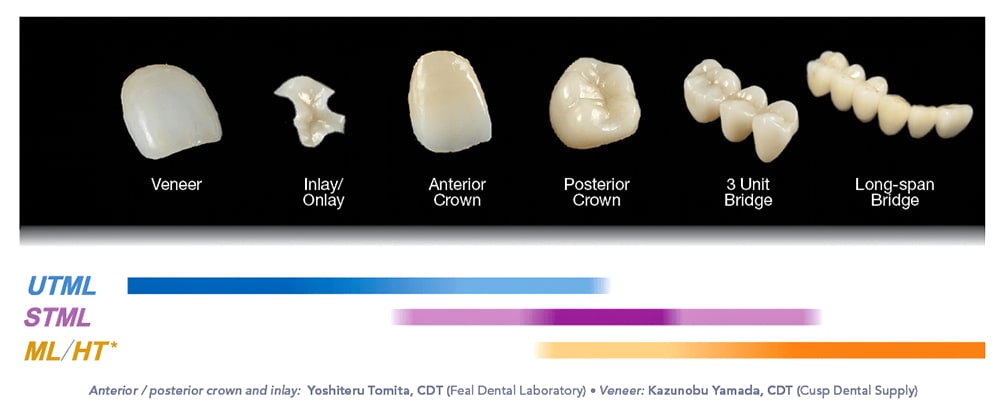
Attributes of Katana STML Monolithic Zirconia
Katana STML Monolithic zirconia is the best balance of strength and esthetics. As stated, the focus of this article is specifically on Katana STML restorations. STML is a multi-layered material that is pre-colorized in the puck, so the color is through and through the restoration, not just in the surface layers. Burbank Dental Lab has found that STML has a very favorable balance of strength and translucency. STML actually is virtually identical in translucency with e.max LT, with a thickness of 1.5 mm.
Gradiant Chroma
Katana STML has a more concentrated chroma (color saturation) in the gingival portion of the milling disk, with much less chroma in the incisal aspect of the material. This is designed to provide a natural gradation of the chroma in the restorations.

Gradiant Value
Katana STML has a higher value in the gingival area and a lower value in the incisal area, which contributes to the visual effect of incisal translucency.
Gradiant Translucency
Has a greater amount of translucency in the incisal 1/3 of the restoration, and a greater opacity at the gingival layer. The incisal layer of Katana STML zirconia is comparable to IPS e.max LT.
The translucency has 38% light transmittance
The flexural strength is 750 MPa
Cementation & Bonding
The cementation protocols for zirconia restorations are similar to those used when cementing gold crowns. Since zirconia restorations are not etchable, It is important to create resistance and retention form in the preparation. Because zirconia cementation uses a traditional cementation procedure, there are many cementation material options. While it is possible to use several categories of cement product types, glass ionomers and resin-modified glass ionomers are the most commonly used types of cement.
The Katana family of zirconia has something for every application that can be filled with zirconia restorations. Katana STML specifically is fast becoming one of the go-to restorations for Burbank Dental Lab because it is a nearly perfect balance of cosmetics, strength, and is one of our best value restorations.

